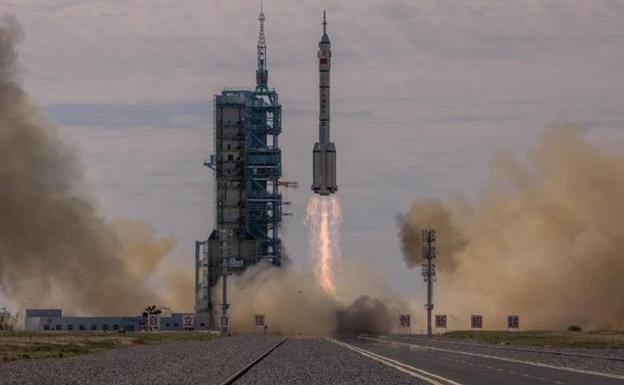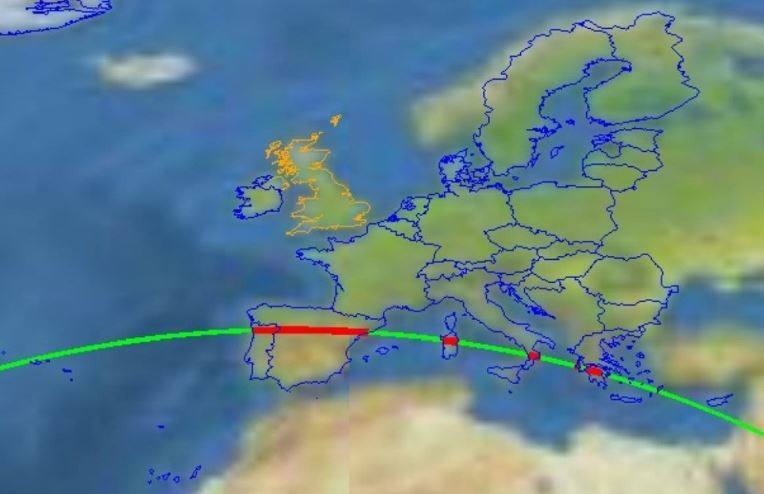Spanish airspace fully reopened after uncontrolled Chinese rocket plummets to Earth and splashes down in South Pacific
NASA has accused the Chinese space authorities of irresponsible behaviour and endangering global security by allowing the 20-tonne module to fall to Earth without it being controlled
Colpisa
MADRID.
Friday, 4 November 2022, 10:20
The remains of a Chinese space rocket will fall to Earth today, Friday 4 November, and the 20-tonne module could be heading for Spain. It has detached from the Long March-5B Y4, as part of China’s ambitious plan to create its own International Space Station.
The Chinese authorities have come under strong criticism for allowing this module to detach in an uncontrolled manner, causing chaos around the world and placing all relevant authorities on alert. This is the third time in two years that China has done this, and NASA accuses it of irresponsible behaviour and endangering global security.

The 20-tonne module will cross over Spain and the Iberian Peninsula twice this Friday morning, and air traffic controllers have warned that the Canary Islands, Santa María and Lisbon (Portugal), Madrid and Barcelona are on its path as it makes its way towards Marseille in France.
This could cause absolute chaos, and air traffic control centres in Lisbon, Madrid and Barcelona are on full alert, although the rocket is largely expected to disintegrate in the atmosphere.
Due to the risk associated with the passage of the space debris through Spanish airspace, flights were totally restricted from 9.38am to 10.18am in Catalonia and other regions.
UPDATE
The United States Army confirmed that at 11.01am Spanish time, the uncontrolled Chinese rocket crashed into the South Pacific Ocean. The rocket was 17.8 meteres long, had a diameter of 4.2 metrs and weighed about 23.3 tonnes at liftoff. At its entry into the atmosphere it weighed about 20 tonnes.

Eurocontrol informa de la reentrada no controlada de un cohete chino en la atmósfera. Se ha establecido Rate Cero para determinadas zonas de espacio aéreo español y ello puede afectar al tráfico aéreo en forma de retrasos en tierra y desvíos de ruta en vuelo. pic.twitter.com/kfFBYG9s8z
Controladores Aéreos (@controladores) November 4, 2022